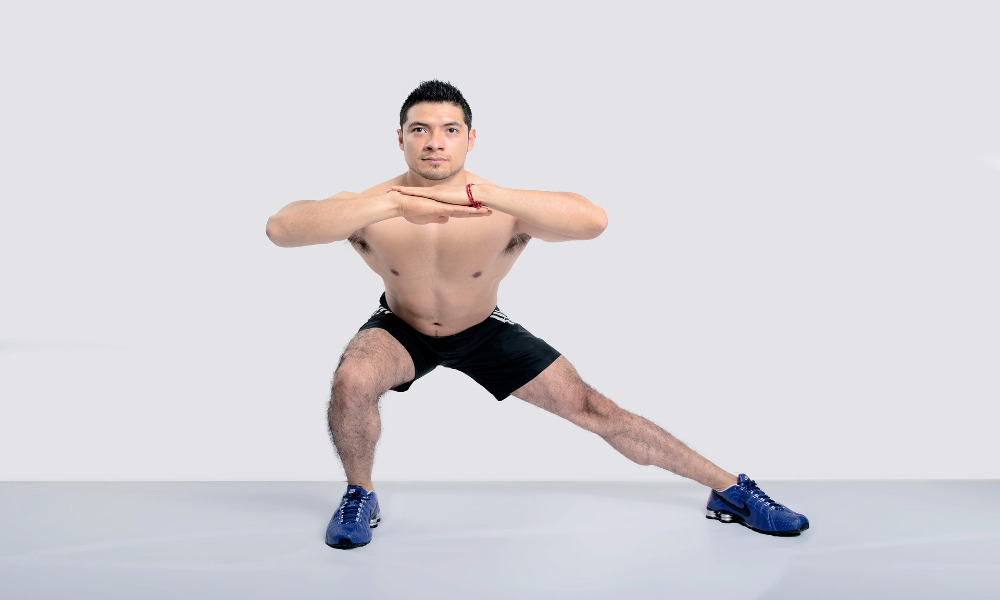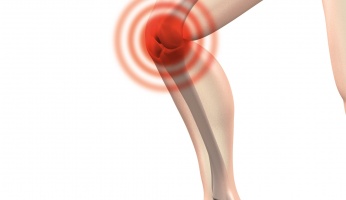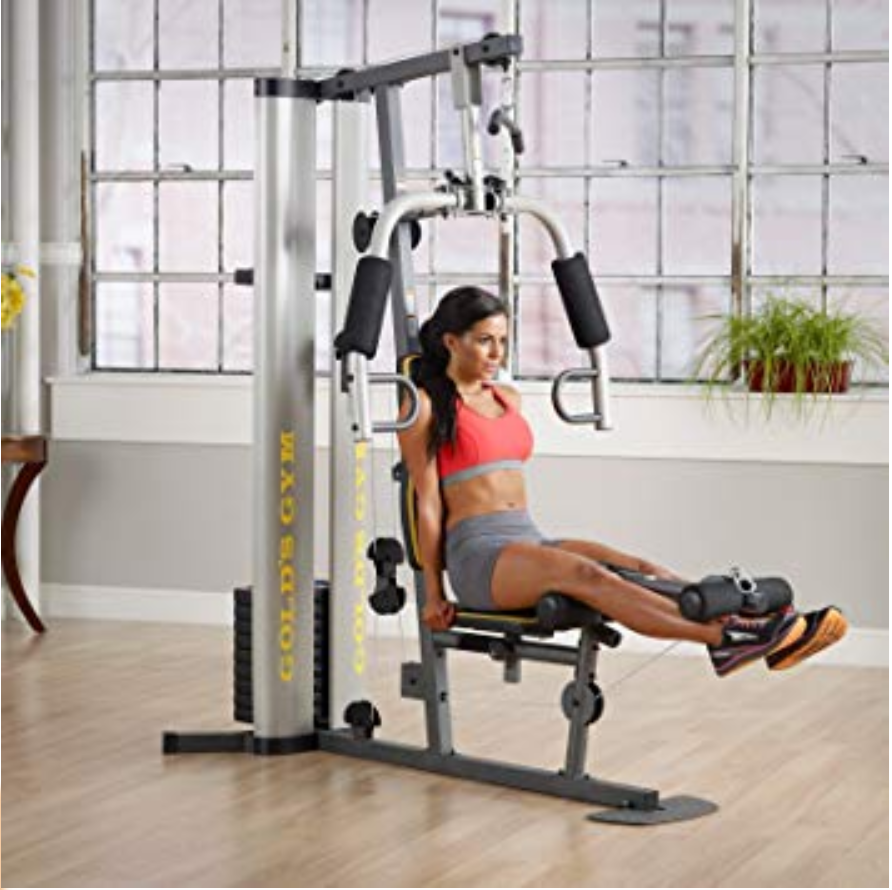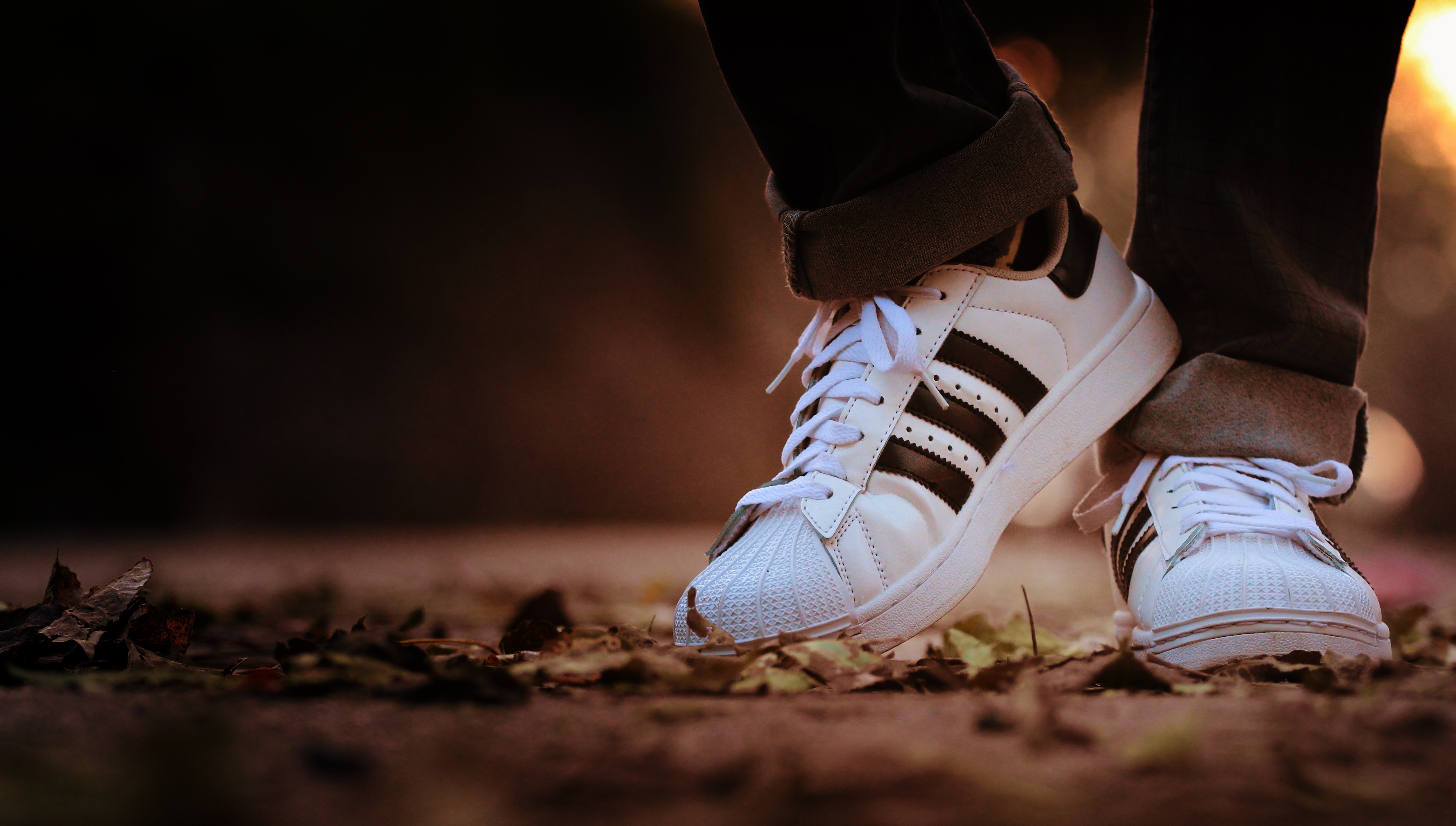How To Run With Shin Splints?
 How To Run With Shin Splints? www.walkjogrun.net
How To Run With Shin Splints? www.walkjogrun.net One of the most common injuries that a person can experience when starting an exercise program is shin splints. The dull ache in the front part of your lower leg (or legs), can really put a damper in your workout.
What Are Shin Splints?
As previously mentioned, shin splints are typically an overuse injury that occurs in the lower portion of the leg.

The dull ache often felt running down the front part of the lower leg, is often associated with small tears or damage to the muscles, bone, and tendons in this area. Although anyone can be susceptible to shin splints, it is often seen in beginners or people who are changing the intensity of their workouts.
Shin splints are more common than most people think. In fact, 10.7 percent of injuries in men are from shin splints…16.8 percent of injuries in women are from shin splints…and an astounding 22 percent of dancer’s injuries occur due to shin splints.
What Causes Shin Splints To Occur?
Shin splints can be caused by a beginner who may be starting an exercise program for the first time. Not only are their muscles not fully ready for the impact, but their bones, joints, and tendons may also be weak, therefore leaving them susceptible to these types of overuse injuries.
But it’s not just beginners that experience shin splints. Even advanced runners, who are modifying their intensity (including sprints, or hills), or coming back from an injury may develop this type of injury.
One of the most common reasons is an imbalance in muscle strength in the lower portion of the leg. In typical fashion, your gastrocnemius (your calf, or the back part of your leg) often becomes stronger at a much faster rate than your anterior tibialis (front part of the leg). This imbalance of power may shift your gait in a way that causes excessive pronation in your foot. This often results in stress to the lower leg, which could eventually lead to shin splints.
You can also develop shin splints due to a change in scenery—meaning going from inside training to outdoors. When you take your workout outdoors, the pavement may cause a different type of impact to the bones, muscles, and tendons, therefore creating these small tears leading to shin splints.
What are the Symptoms?
One of the tell-tale signs that you have shin splints is the dull, achy feeling that you get in the front, a lower portion of your leg.

This type of injury and eventual pain can make running (or even walking) very difficult. And, if you’re a beginner, it could deter you from keeping up with your workout.
Besides the dull and achy pain, if you have shin splints you may also have the following:
- A tenderness that runs along the inside of the leg, from the ankle to the knee.
- Throbbing in the front part of the lower leg
- Pain when pressing into the tender area
Although there is microtrauma in the soft tissue and bone, the main reason for the pain is associated with inflammation. The longer the injury persists, the more inflammation may be present, leading to more pain. One easy way to determine if it is a shin splint—or a more severe injury—is by actually running. Although it may be worse when you first start running, as the muscles “warm-up,” it often alleviates the pain.
Treat Shin Splints To Get You Back On The Road Again
Although shin splints are a frustrating injury and can derail your exercise program there are ways not only to prevent shin splints from occurring, and treat shin splints so you can get back to running, jogging, or your normal exercise program or activity level.
First and foremost, if you’re continuing to run, and the pain is still there—or getting worse—it’s important that you cease the activity and let the area heal. Persistent pain in the shin (not alleviated by warming up) could lead to further injury, including stress fractures, medial tibial syndrome, or muscle strains and sprains.

This doesn’t mean that you need to stop fitness activity altogether, you just need to figure out different exercises to keep you active, strengthen your muscles, and keep your current fitness level. In order to continue your current walking/jogging/running program, it’s important to tackle your shin splints head-on.
Here’s what you need to do:
- Ice 3x each day for 15 minutes—this will help reduce the inflammation in the area, leading to less tenderness and pain. Icing could also speed up the healing process. (Note: be sure to ice the area after you run, as more damage and inflammation may be present.)
- Over-the-counter-pain medications—medications like Tylenol and Advil may dull the pain and lower inflammation that may be present in the impacted area.
- Stretching—due to an imbalance in the muscles of the lower leg, stretching the calf (gastrocnemius) could be beneficial. This could add the necessary flexibility to the hips, knees, and ankle joints.
- Change your shoes—if you’ve started running and you’re getting shin splints, your shoes may be an area to look at. A good pair of jogging or some of the best running shoes for shin splints that focus on better pronation and arch support could help alleviate shin pain.
In order to maintain your fitness level, it’s important that you cross-train, or adopt a different type of exercise that doesn’t make your shin splints worse. Exercises like swimming, biking, walking, and deep water jogging are great activities to maintain your fitness level without aggravating the injury. If nothing seems to be working, and the pain continues, it’s recommended to stop exercising to allow the injury to heal. Giving your legs (especially the lower legs) a rest is ideal for your recovery and it can help you heal faster.
One other method to consider is using a treadmill at an incline. These tips may help to prevent shin splints.
The Best Exercises for Prevention
Shin splints happen for a variety of reasons, but an imbalance in muscle strength and foot flexibility may also be a problem. We give you some of the best tips on how to prevent shin splints with exercise.

It’s often recommended to balance the strength of the muscles in the lower leg. Typically, your gastrocnemius, or your calf muscle, is often stronger, therefore creating stress for the lower front portion of the leg or the tibialis anterior muscle group. By stretching and strengthening this muscle group, you may significantly reduce the likelihood of developing shin splints.
Some strengthening exercises you should consider adding to your routine would be:
- Seated dorsiflexion exercise (with or without band)
- Toe walking
- Heel walking
- Wall toe raises
- Footstep holds
These exercises focus on adding strength to the front muscles, therefore preventing the muscle imbalance associated with shin splints. Flexibility is also a key to keeping your muscles and tendons pliable during your workout. After a proper warmup, the following stretches may improve ankle flexibility and cut down on your risk:
- Standing anterior tibialis shin stretch
- Kneeling shin stretch
- Seated shin stretch
- Lying shin stretch
Another area to consider is your hip and core areas. A weakened core adds stress to the rest of the body. This could cause overcompensation in surrounding muscles, creating tightness and eventual weakness.
Exercises that could strengthen your core and hips are:
- Monster walks
- Single leg bridges (hip raises)
- Single leg point and toe stretch (standing)
These exercises not only strengthen your core and hips but could return balance to your lower body.
Final Recap
Shin splints may be a painful experience for those just starting out exercising, or for seasoned runners coming back from injury, or adding intensity to their workouts. The dull ache in the front part of the leg could keep you from enjoying your walk, run, or exercise program.
Taking the right steps could prevent shin splints from derailing your workout program. By following these tips, you may be able to prevent shin splints and keep up your current fitness level.
Those tips include:
- Changing your sneakers—old sneakers are prime contributors to shin splints. Replace old and worn shoes with newer shoes that prevent pronation and support your arches.
- Make small changes to your workout—some people feel that you should only add 10 percent to your workload each week. This allows your body to adjust to the increased workload, without adding stress to the rest of your body.
- Strengthen your hips and core—your hips and core are integral to your workout. Weak core and hips can add to the imbalance in your muscle tissue, therefore increasing the likelihood that you will develop shin splints. Strengthening both your hips and core could cut down on your risk significantly.
- Orthotics—if you find you have flat feet, or you’re not able to get into pronation easily than consider orthotics. These small plastic or foam pieces slide into your shoe and give your feet plenty of support.
- Stress/Adaptation Method—this method, which goes against the 10 percent method, may be the latest way to prevent added stress to your lower leg. With this method, you increase your workload by 10 percent for 3 weeks, then drop the workload back by 10 or even 15 percent for one week. This allows your body to adjust naturally and gives your shins a chance to adjust and then recover.
If the pain still persists, stop running and visit your doctor to be sure that there isn’t a bigger issue than simply shin splints.
Taking this added break, and performing cross-training protocols (biking, swimming, walking at an incline, etc.), could keep you active and prevent any declines in your overall fitness level.
Although shin splints can be a pain to deal with, following the tips outlined in this article could keep you active, running, and pain-free, leaving those painful shin splints in the past.
References:
- Bates, P. Shin Splints—a literature review. Br J Sports Med. 1985 Sep; 19(3):132-137.
- Moen MH, Holtslag L, Bakker E, Barten C, Weir A, Tol JL, Backx F. The treatment of medial tibial stress syndrome in athletes: a randomized clinical trial. Sports Med Arthrosc Rehabil Ther Technol. 2012; 4:12.















